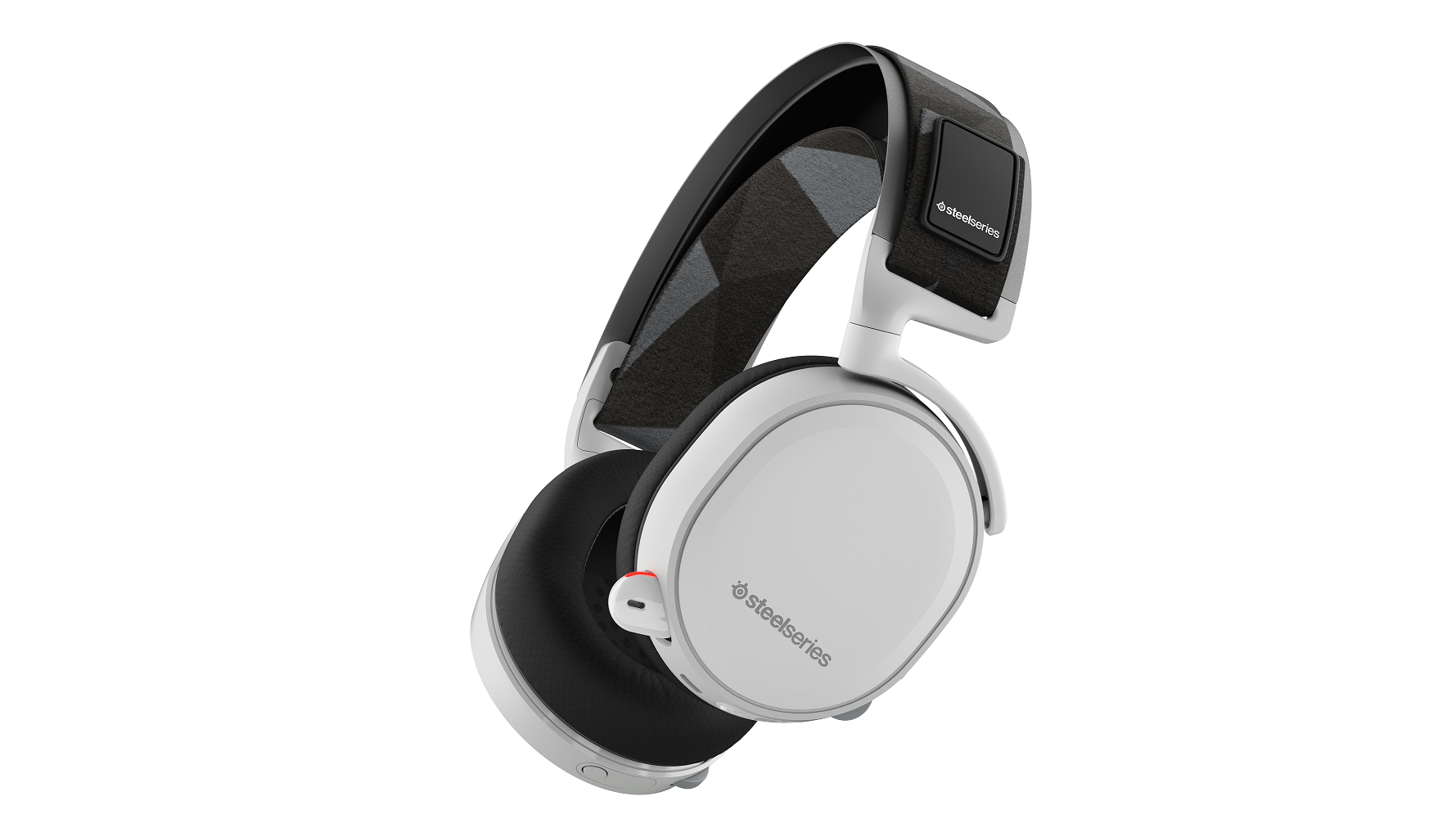Expensive, but dynamic
I’ve been pretty consistent about my feelings regarding SteelSeries headsets for the past four years or so. They’re on the expensive side, but they more often than not end up being my headset of choice on various platforms.
I’m probably going to start rotating the Arctis 7 into that equation.

Product: SteelSeries Arctis 7
Manufacturer: SteelSeries
Input: USB
MSRP: $149.99
With its adjustable headband, the claims of comfort for the Arctis 7 basically ring true. It has a comfortable fabric, and after using it for several hours (okay, a five-hour Heroes of the Storm session) I didn’t feel any itchiness or soreness. It’s not quite as padded as a few others in the same line (you can see the ribbon as opposed to the thick pads in more expensive headsets), but it gets the job done.
Working into its more technical components, the “ClearCast” microphone claims to be the most clear in gaming. Based on my testing that’s a sufficient enough claim, as it does cut outside noise by laser-focusing the mic position on the corner of your mouth. The best part is that the retractable nature of it makes the mic inconspicuously hidden in a slot on the headset — I couldn’t even find it at first.
You also turn the mic off with the press (or depress) of a button on the side. I much prefer this tactile method instead of looking to see if a light is on. Testing out the mic in SteelSeries Engine 3 is also a godsend, as I typically hate trying out mics in a live environment (I don’t want to get into a WoW raid and have to troubleshoot). An Xbox controller adapter is included for those who are curious.

To be clear, this mic is wireless by way of a transmitter. You just plug it in via USB and it’s self-powered, then you can add a line in if you want (like a direct connection to a smartphone), or go for dual line out support (read: mostly for speakers), where it’ll automatically shift the audio from the headset to another device if either one is turned off. It’s nifty, but the odds of anyone actually using that to its full potential are slim.
My main fancy was whether or not the set would pair nicely with the PSVR, and I was very happy with my tests. It’s a great size as it doesn’t feel weighty enough to take me out of the VR sensation, and the 40 foot wireless radius is accurate. The only drawback to its wireless propensity is that charging is kind of inconvenient. I much prefer the model of having multiple battery packs that can be charged in a cradle of sorts. That said, the 15-hour battery is fine, so as long as you keep it charged at the end of the day via USB, you’re good.
Over the years I’ve had a lot of support from audiophiles like Dale North in terms of which headsets to buy, but in the end a lot of it just comes down to preference. I haven’t had an issue with a piece of SteelSeries to date, so even if there are cheaper and completely viable non-“gaming” options out there, I usually end up gravitating towards a mix of hardware. Along with the H Wireless that I still use on my PS4, I’m throwing the Arctis 7 in as well.
[This review is based on a retail build of the hardware provided by the publisher.]


